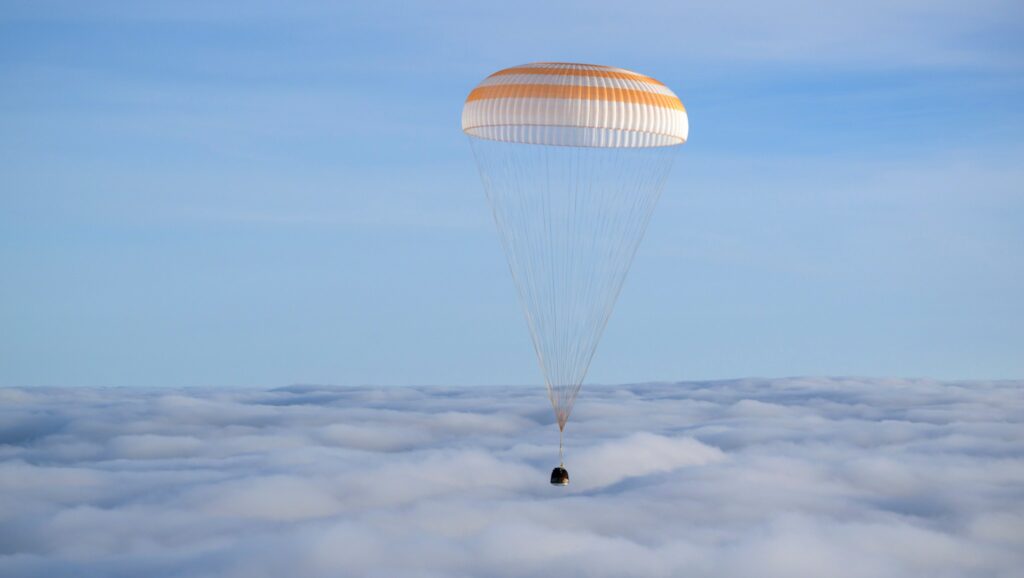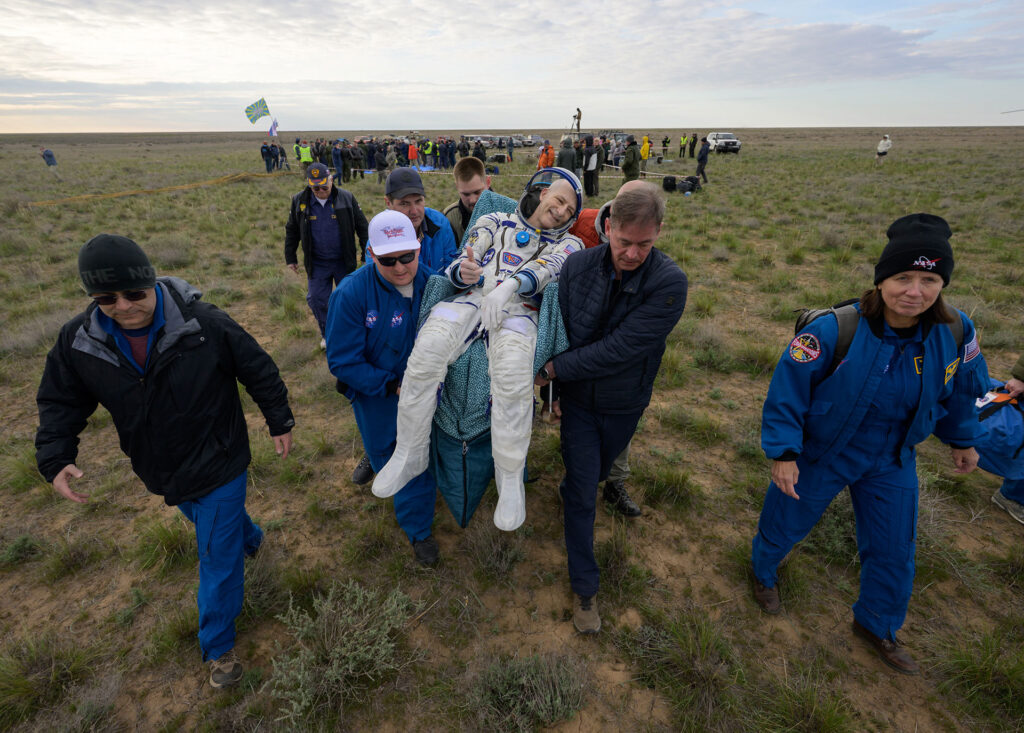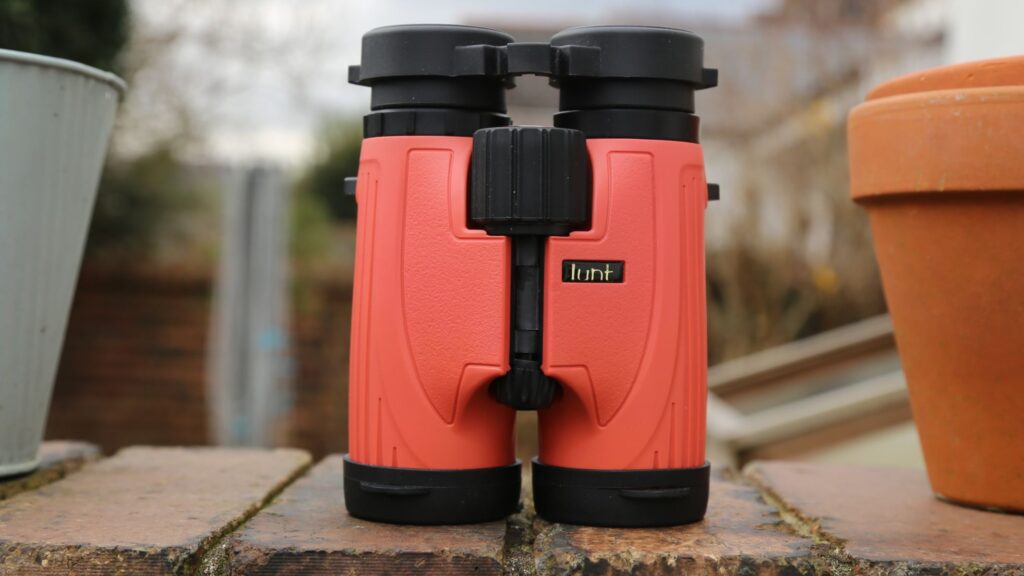Warning: Spoilers ahead for “The Book of Boba Fett” episode 1
Following the first two seasons of “The Mandalorian” it’s safe to say that expectations were high for “The Book of Boba Fett” on Disney Plus and at the same time — despite lots of tantalizing teasers and trailers — we still didn’t know quite what to expect.
One of the biggest mysteries for this new Star Wars TV series was how the blazes did Boba Fett escape from the Great Pit of Carkoon and the enormous adult Sarlacc that nests there? There were a number of different ways this could’ve been approached; personally, I wasn’t expecting this potentially enthralling and fundamental element of the story to be fully revealed within the very first episode. Instead, perhaps spreading the escape portion of the plot over the course of the whole seven-chapter limited series by way of flashback. And that might still happen, but it’s unlikely given how much we saw in this, the premiere episode.
In fact, “The Book of Boba Fett” dives in more or less at this point straightaway. The first glimpse of the mercenary in the Mandalore armor is of him lying in a bacta tank, dreaming of events past like Kamino and even the Petranaki Arena on Geonosis, that serves as a nice lightweight recap to the early chapters of Boba’s life that we’ve seen on the big screen.

And then we get to see Fett (Temuera Morrison) himself, inside the Sarlacc’s stomach, for the first time since the battle seen in “Return of the Jedi” where a botched execution of Luke Skywalker, Han Solo and Chewbacca resulted in their escape and the death of Jabba the Hutt, most of his henchmen and Boba fett, or so we thought. According to Wookiepedia, Sarlaccs reached their maturity after 30,000 years and they would burrow themselves up to 100 meters below the surface, feeding on any creatures unlucky enough to fall into their mouths.
Once in the Sarlacc’s stomach, victims were subjected to immobilizing neurotoxins with the purpose of keeping them alive — and conscious — for a thousand years or so as they were slowly broken down and digested by the creature’s weak stomach acid.
Side Note: For the benefit of those who aren’t already aware, expanded universe information is often simply referred to as EU or canon. However, “Star Wars” is a bit more complicated. After Disney bought Lucasfilm in 2012 for a whopping $4billion, expanded universe information was no longer called canon. In essence, they wiped the slate clean and everything that was canon before this point is now referred to as Legends. Anything written after is now called canon, but Legends isn’t non-canon, it’s … er, just a separate universe from the canon one. Moreover, the original six movies and “The Clone Wars” exist in both. Put very simply, Legends is the old universe and canon is the new one. And it only took Disney six years (four movies) to make that $4 billion back.
Related: Best Star Wars gifts and deals

Meanwhile, poor Boba has regained consciousness in the belly of the beast and he assesses his situation. Activating his helmet light, he sees an Imperial Stormtrooper also trapped. Inside of two minutes and both Jon Favreau and Dave Filoni have created potential points of discussion with fan groups: Why was this Stormtrooper there? There were no Imperial troops anywhere near Jabba’s palace or at the rescue of Han Solo. Added to which, the Stormtrooper’s armor looks partly broken down by acid, so one would assume he had been in there for a while before Boba arrived.
Lots of interesting fan theories arose, as you’d expect, to explain it being there. One such theory was that the unfortunate Imperial infantryman had been on Tatooine since the Empire’s forces landed and tried to track down the missing droids R2-D2 and C-3PO in “Star Wars Episode IV: A New Hope.” Quite what he was doing all the way out in the Dune Sea, nobody knows. He also doesn’t appear to wearing any additional Sandtrooper equipment and his armor shows no sign of desert-inflicted wear and tear.
The fact of the matter is probably this: Imperial Stormtroopers are the “Star Wars” equivalent of “red shirts” in “Star Trek” — they’re basically cannon fodder and get killed off in all sorts of interesting and unpleasant ways to illustrate just how perilous any given situation is. Moreover, the slightly-melted armor — and helmet — probably saved a few thousand dollars in make up and practical effects work that would’ve been required had this been one of Jabba’s skiff guards who fell in just before Boba. Plus, since it was more than likely a Stormtrooper from the early days of the Empire, had he somehow lost his helmet, Boba would’ve woken up staring at a younger version of himself.
Related: Star Wars movies in chronological order

Side Note: In Marvel’s canon (so, written after Disney’s purchase of Lucasfilm) series “Darth Vader” the Lord of the Sith actually makes his way to Tatooine to negotiate a partnership with Jabba after the destruction of the Death Star. So, this could be a potential reference to that.
Boba reaches over, locates and pulls out an air tube and inhales deeply. Stormtrooper armor does apparently contain a small oxygen canister, although exactly where that’s located is still debated. With a lung full of air, he punches through the stomach wall and uses his arm-mounted flamethrower to carve a way out before finally pulling himself out of the sand.
And it probably comes as no surprise that this isn’t the first time Boba Fett’s escape from the Sarlacc has been documented in the classic canon (now Legend). The first story appeared in the pages of Marvel’s “Star Wars” comic issue #81 in a story entitled “Jawas of Doom” first published in late 1983 and then reprinted in issue #44 of “Return of the Jedi”— a weekly comic produced by Marvel UK in April 1984.

The second time was a little more interesting. In the JD Montgomery short story “A Barve Like That: The Tale of Boba Fett” from the 1996 anthology “Tales From Jabba’s Palace” Boba awakens inside the Sarlacc and using the internal organs of the creature is able to make telepathic contact to another victim, an alien named Susejo. Formerly of the Choi species, Susejo fell victim to the Great Pit of Carkoon 4,000 years ago and his consciousness has now merged with that of the Sarlacc. They share telepathic memories and flashbacks before Boba is able to goad the Sarlacc/Susejo into a convulsive response from the creature’s innards, making the Sarlacc contract around his jetpack. The resulting explosion frees the bounty hunter who then fires concussion grenades into the wall of the beast, blowing a hole in its interior.
Remember how amazing it felt to see new planets and cities in “The Mandalorian” like the ice-covered planet of Atollon or the estuary moon of Trask. And do you remember how much you rolled your eyes when Din Djarin walked into a cantina in Mos Eisley that just hinted at the notion that was the same one from “A New Hope”? The “Star Wars” universe has always relied quite heavily on single-biome planets and even more so on one particular desert-biome planet in the outer rim territories.
The wreckage of Jabba’s sail barge sits just behind him, lying where it burned, with the insides laid bare like the carcass of a slain mythical beast, Boba crawls out of the sand, now finally free of the Sarlacc. Unfortunately, he is soon set upon by a passing Sandcrawler of Jawas who steal his beskar armor and pick the battlefield clean of anything useful. Lest we forget, that armor ultimately ends up in the hands of Cobb Vanth, Marshall of Mos Pelgo and we see it first given to Din Djarin in Chapter 9 of “The Mandalorian” and then returned to Boba himself in Chapter 14.
Related: Star Wars movies ranked, worst to best

His woes don’t end there though, as battered, bruised and dehydrated as he might be, a band of Tusken Raiders beat him a bit more then tie him to a Bantha and literally drag him back to their encampment. Roll opening credits.
There’s lots of evidence of previous world building on Tatooine that we’ve seen by way of “The Mandalorian,” which while nice, does remind us that yet again, the “Star Wars” universe can’t seem to escape from this desert planet that Luke Skywalker describes as “the planet farthest from the bright center of the universe.” Let’s not forget we still have the “Obi Wan Kenobi” spin-off series yet to come and that will almost certainly feature Tatooine, given that the show is set between “Revenge of the Sith” and “A New Hope.”
A Tusken youngling takes an interest in Boba and despite numerous attempts to escape he his constantly foiled. But since this is all flashback, he eventually wakes in his bacta tank and we’re back to the present day where he’s greeted by Fennec Shand (Ming-Na Wen) and a dry towel.

What follows is a tribute scene not entirely unlike the one in “Flash Gordon.” First a member of the Aqualish species offers tribute, then a Trandoshan and then a particularly tricky Twi’lek, Mok Shaiz, Mayor of Mos Espa who — like Prince Thun of Ardentia in the 1980 kitsch classic — offers nothing except his loyalty. The whole scene itself is a wonderful tribute to “Flash Gordon” that may or may not be intentional, but considering there’s a significantly less subtle nod to the work of Ray Harryhausen a little later, I’m prepared to wager this was intentional.
You may recall a droid called Q9-0, or just Zero, that we were first introduced to episode six “The Prisoner” of “The Mandalorian” that was voiced by British comedy actor Richard Ayoade, probably best known for “The IT Crowd.” Well, the droid that’s acting as the master of ceremonies for the occasion is voiced by none other than the legendary Matt Berry, also known for “The IT Crowd” plus “Disenchantment” and “Toast of London” and his unique voice can even be heard in “Moon.”
It’s meant to be the same droid, known as 8D8, that we saw in the basement of Jabba’s palace torturing a poor power droid in “Return of The Jedi” although since then he’s clearly been reprogrammed. Boba and Fennec still have some work to do to establish their rule in Mos Espa. They are gradually earning the respect of other powerful people in the town, but are simultaneously still having to deal with sporadic attacks from alien assassins trained in parkour.

Throughout the episode we return to the flashbacks and we can deduce that Boba eventually wins over the Tusken Raiders. In fact, the youngling who has a fascination with him takes him on a reconnaissance outing of sorts to watch some more moisture farmer get murdered and have his crop stolen. But on the way back to the encampment, the youngling, Boba and a Rodian prisoner encounter a very strange creature: A massive, six-limbed mythical-style monster that looks like it’s straight out of a stop-motion animation epic like “The Golden Voyage of Sinbad” or “Jason and the Argonauts.” This creature is new to “Star Wars” and is being referred to as the “behemoth” but it is almost certainly a beautiful nod of respect and thanks to one of the pioneering forefathers of fantasy cinema visual effects, the late, great Ray Harryhausen.
It’s clear that this youngling will prove important in the future and we’ve seen how well Boba picks up the technique of fighting with a gaffi stick in episode 14 of “The Mandalorian” where he gives an incredible display of Tusken fighting skills. There are numerous throwbacks and Easter eggs for us to spot — as we’d expect. Some we’ve mentioned and others include black melon fruit, plus Max Rebo and possibly even an original member of Figrin D’an and the Modal Nodes playing a beautiful Spanish-style acoustic version of “Mad About Me.”
Here’s the thing about “The Book of Boba Fett” after just one episode; we didn’t know what to expect because no major secrets had been revealed…but it turns out that there really weren’t any major secrets to reveal in the first place. The premiere episode of “The Mandalorian” felt like it had more impact and perhaps an inaugural installment that was feature-length would’ve been nice. This episode doesn’t even break the 40-minute mark. But that’s the only grumble we really have…oh, and Tatooine fatigue.
Rating: 7½ /10
Follow Scott Snowden on Twitter. Follow us on Twitter @Spacedotcom and on Facebook.


